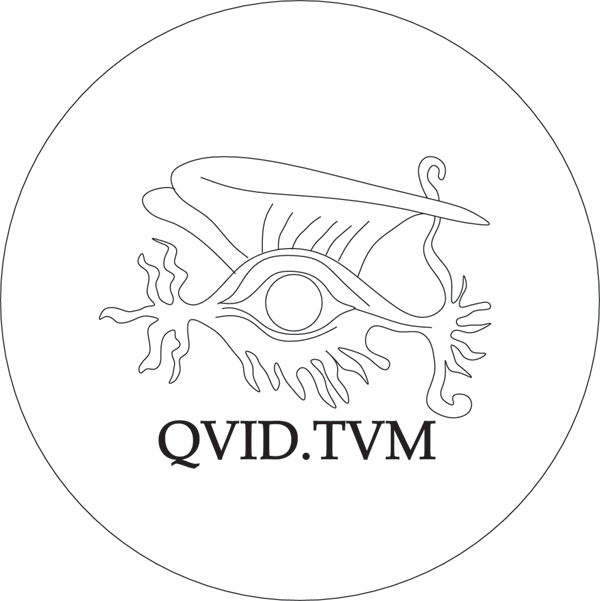Architecture and Memory
The Renaissance Studioli of Federico da Montefeltro
Robert Kirkbride
Taking the winged eye as his personal emblem, Alberti praised the eye as "more powerful than anything, swifter, more worthy; what more can I say? It is such as to be the first, chief, king, like a god of human parts. Why else did the ancients consider God as something akin to an eye, seeing all things and distinguishing each separate one" (Watkins, "L. B. Alberti's Emblem," 256-57). Alberti shared the sentiments of Nicholas of Cusa, who also associated the eye with an all-seeing divinity: "God ...is called theos from this very fact that He beholdeth all things," including the "secret places" of the soul (Cusa, De Visione Dei, 7). The term theatre shares this divine etymology (théatron – seeing place). Drawn by Amelia Amelia after medal cast by Matteo Pasti.
Source: © Robert Kirkbride
